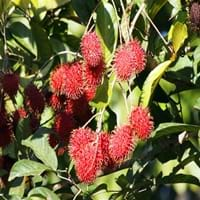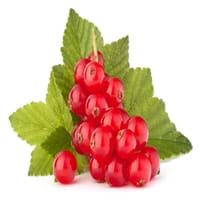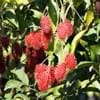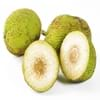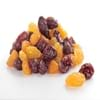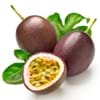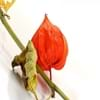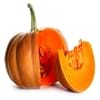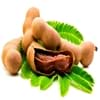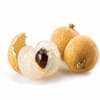Health Benefits
Anti-oxidant properties, Boosts immune system, Skin rejuvenation, Strengthening of bones
Cancer prevention, Gout treatment, Heart care, Regulation of heart rate, Treatment of rheumatism
General Benefits
Antiseptic properties, Cures headache, Removes waste from kidney
Anti oxidant properties, Controls blood pressure, Cures fever, Digestive aid, Healing of wounds, Helps in weight loss, Strengthens bones
Skin Benefits
Hydrates skin
Brightens and lightens complexion, Reduces wrinkles, Treatment of acne
Hair Benefits
Good conditioner
Protects hair
Allergy Symptoms
Chest pains, Rhinitis, Wheezing
Abnormally rapid heart rate, Anaphylaxis, Breathing difficulty, Hives, Itching, Swallowing difficulties
Side Effects
Unknown
Possibly unsafe during pregnancy
Best Time to Eat
As a snack in the late afternoon, Don't consume at night and before bed, Eat the fresh ones, avoid mixing with any other foods, don't eat after meal., Morning time (before lunch)
Best if taken as a breakfast (or empty stomach), As a snack in the late afternoon, Don't eat after meal, Morning time (before lunch)
Vitamin B5 (Pantothenic Acid)
Vitamin C (Ascorbic Acid)
Vitamin K (Phyllochinone)
Phytosterol
Not Available
Calories in Fresh Fruit with Peel
Calories in Fresh Fruit without Peel
Not Available
Not Available
Calories in Frozen Form
Not Available
Calories in Canned Form
Not Available
Calories in Jam
Not Available
Calories in Pie
Not Available
Type
Tree fruit, Tropical
Berry
Season
Early summer, Early winter, Late fall, Late spring
Summer
Varieties
Rongrien, Chompu, Rapiah, Bingjai and Lebak Bulus
Rovada, Stanza, Red Lake, Junifer and Jonkheer van Tets
Color
Coral red, Yellow
Red
Inside Color
Greyish-white
Red
Taste
Sour, Sweet
Sour, Tart
Soil Type
Clay, Loam
Moist, Well-drained
Climatic Conditions
Humid
Cold
Facts about
- Oils extracted from its seeds is used to make soaps and candles.
- 'Rambut' means hairy in Malay.
- It makes the best hair mask.
- Seeds are edible and healthy too.
- The albino version of red currants known as white currants, are often sold as different fruit.
- Red currant tea is healthy substitute for coffee.
- There are more than 150 varieties of red currants.
Top Producer
Thailand
Russia
Other Countries
Africa, India, Indonesia, Malaysia, Philippines, Sri Lanka
Belgium, France, Germany, Ireland, Italy, Netherlands, Poland, Portugal, Scotland, Spain, Sweden, United Kingdom
Top Importer
Singapore
Germany
Top Exporter
Thailand
Russia
Botanical Name
Nephelium lappaceum
Ribes rubrum
Synonym
Rambota
Not Available
Subkingdom
Tracheobionta
Tracheobionta
Division
Tracheophyta
Magnoliophyta
Class
Magnoliopsida
Magnoliopsida
Order
Sapindales
Saxifragales
Family
Sapindaceae
Grossulariaceae
Species
N. lappaceum
R. rubrum
Generic Group
Not Available
Saxifrage
Difference Between Rambutan and Red Currant
We might think that Rambutan and Red Currant are similar with respect to nutritional value and health benefits. But the nutrient content of both fruits is different. Rambutan and Red Currant Facts such as their taste, shape, color, and size are also distinct. The difference between Rambutan and Red Currant is explained here.
The amount of calories in 100 gm of fresh Rambutan and Red Currant with peel is 69.00 kcal and 56.00 kcal and the amount of calories without peel is Not Available and Not Available respectively. Thus, Rambutan and Red Currant belong to High Calorie Fruits and Low Calorie Fruits category.These fruits might or might not differ with respect to their scientific classification. The order of Rambutan and Red Currant is Sapindales and Saxifragales respectively. Rambutan belongs to Sapindaceae family and Red Currant belongs to Grossulariaceae family. Rambutan belongs to Nephelium genus of N. lappaceum species and Red Currant belongs to Ribes genus of R. rubrum species. Beings plants, both fruits belong to Plantae Kingdom.
